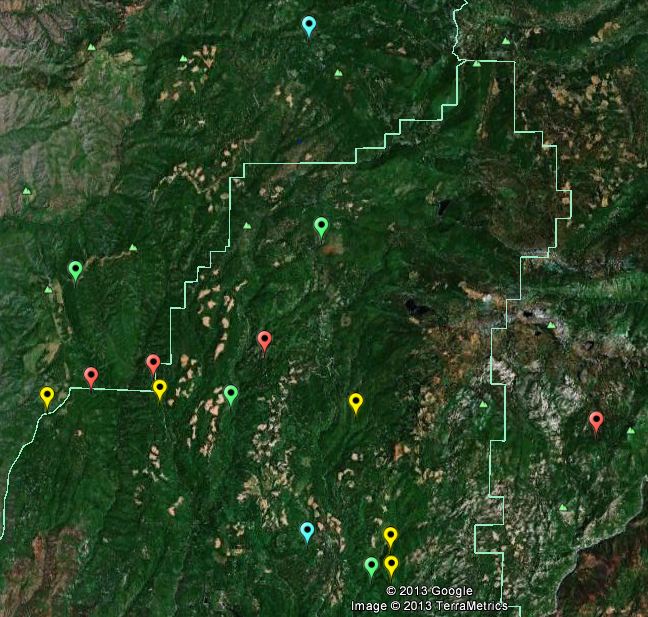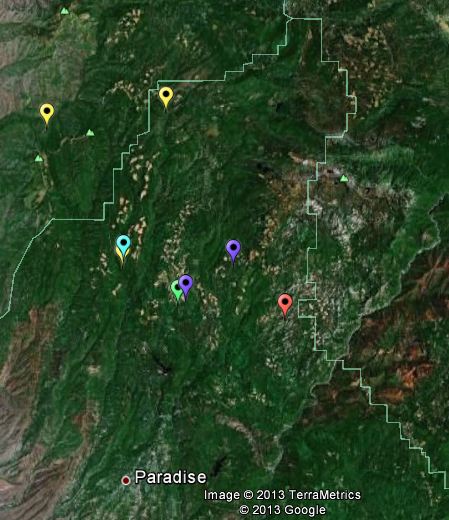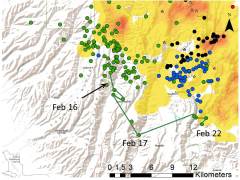It might not look like much. In fact, you might not notice it at all. But a single hair is all Jesse Hogg needs to help tell an important story. Jesse is working with the U.S. Fish and Wildlife Service and other project collaborators as a Klamath Basin Tribal Intern. Jesse began his work with us on the Eastern Klamath Study Area (EKSA) which straddles the California/Oregon border. The EKSA is one of several locations where project biologists captured and relocated fishers to the Stirling District of Sierra Pacific Industries. We are using non-invasive methods to monitor the fisher population of the EKSA to evaluate if the removal of the fishers we relocated was detrimental to the population. Jesse set, checked, and collected hair samples he found in devices designed to snag hair from local fishers. The genetic material stored in the root of hair can reveal an animal’s species and sex and characteristics used to identify unique individuals. After wrapping up a successful season, Jesse is now working in Stirling to help monitor radio-marked fishers.
The Klamath Basin Tribal Internship Program seeks to inspire young native community members to develop the technical skills required to monitor and manage species and habitats, to pursue college-level educational opportunities, and to succeed in conservation-focused careers. The program provides employment and professional development opportunities for members of six native communities of the Klamath Basin of northwestern California and southwestern Oregon.






















